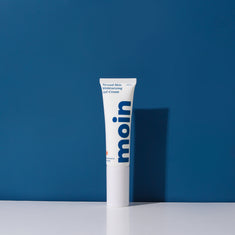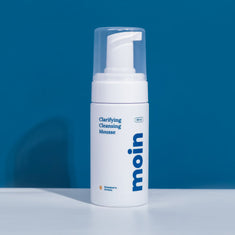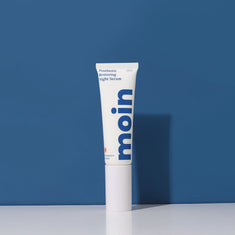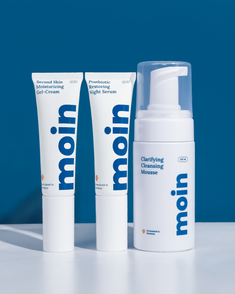Formulation Strategies for Skin Hydration
Why skin hydration is important
Skin hydration is a crucial aspect of maintaining skin health and overall well-being. Properly hydrated skin not only contributes to its aesthetic appearance but also plays a pivotal role in ensuring barrier function, temperature regulation, and protection against external factors. A compromised skin barrier allows irritants, allergens, and pathogens to penetrate the skin more easily, leading to various skin disorders and sensitivities.
The skin's hydration is regulated by an intricate balance between various factors, including the lipid barrier, natural moisturizing factors (NMFs), and the skin's water-holding capacity. The stratum corneum's lipid matrix forms a protective barrier that prevents excessive evaporation of water from the deeper layers of the skin. NMFs, such as urea, lactate, and amino acids, contribute to water retention by attracting and binding water molecules in the stratum corneum.
The skin's water-holding capacity is largely influenced by the keratinocytes' structure and their ability to hold water within the intracellular spaces. The complex interplay between these factors determines the overall hydration status of the skin.

Voegeli, David. (2017). Topical steroids and emollients in atopic eczema – which should be applied first?. Practice Nursing. 28. 14-20. 10.12968/pnur.2017.28.1.14.
How to formulate skincare to target skin hydration
Skincare formulation can significantly improve skin appearance. For example, simple lotion without any "anti-wrinkle" actives can reduce the appearance of wrinkle by up to 40%. Selecting the right ingredients that synergistically enhance hydration is important. There are different ingredients that can help us with that.
Humectants
Humectants are compounds that attract and retain water from the environment or deeper skin layers. Common humectants include glycerin, hyaluronic acid, and sorbitol. Incorporating these ingredients helps maintain the skin's moisture content and plumpness.
Emollients
Emollients improve the skin's texture by filling in gaps between cells, creating a smooth surface. Natural oils like jojoba, shea butter, and ceramides are popular emollients that also enhance the skin's lipid barrier.
Occlusives
Occlusives form a protective barrier on the skin's surface, reducing transepidermal water loss. Examples of occlusive ingredients are petrolatum, dimethicone, and beeswax. Balancing occlusives with other ingredients is crucial to prevent excessive greasiness.
Formulation techniques
Ingredient compability
Some ingredients can interact and create synergistic effect to improve skin hydration. For example Acetyl Glucosamine with retinoids. Acetyl Glucosamine is the precursor of hyaluronic acid, and when used together with retinoids, they can increase hyaluronic acid level in keratinocytes. Another example is Ceramide NP and Ceramide EOP. Together they are reported to reduce trans-epidermal water loss.
Emulsion system
Certain emulsion like lamellar network plays a crucial role in improving skin hydration. Lamellar network can be formed when lipid molecules, such as emulsifiers and other lipophilic ingredients, self-assemble in a specific pattern in the presence of water. The resulting arrangement consists of multiple lipid bilayers stacked closely together, resembling the natural arrangement of lipids in the stratum corneum.

The stratum corneum of the skin is composed of closely packed lipid layers, and a lamellar network in skincare emulsions mimics this natural arrangement. This resemblance helps reinforce the skin's barrier function, aiding in preventing water loss and protecting the skin from external factors.




